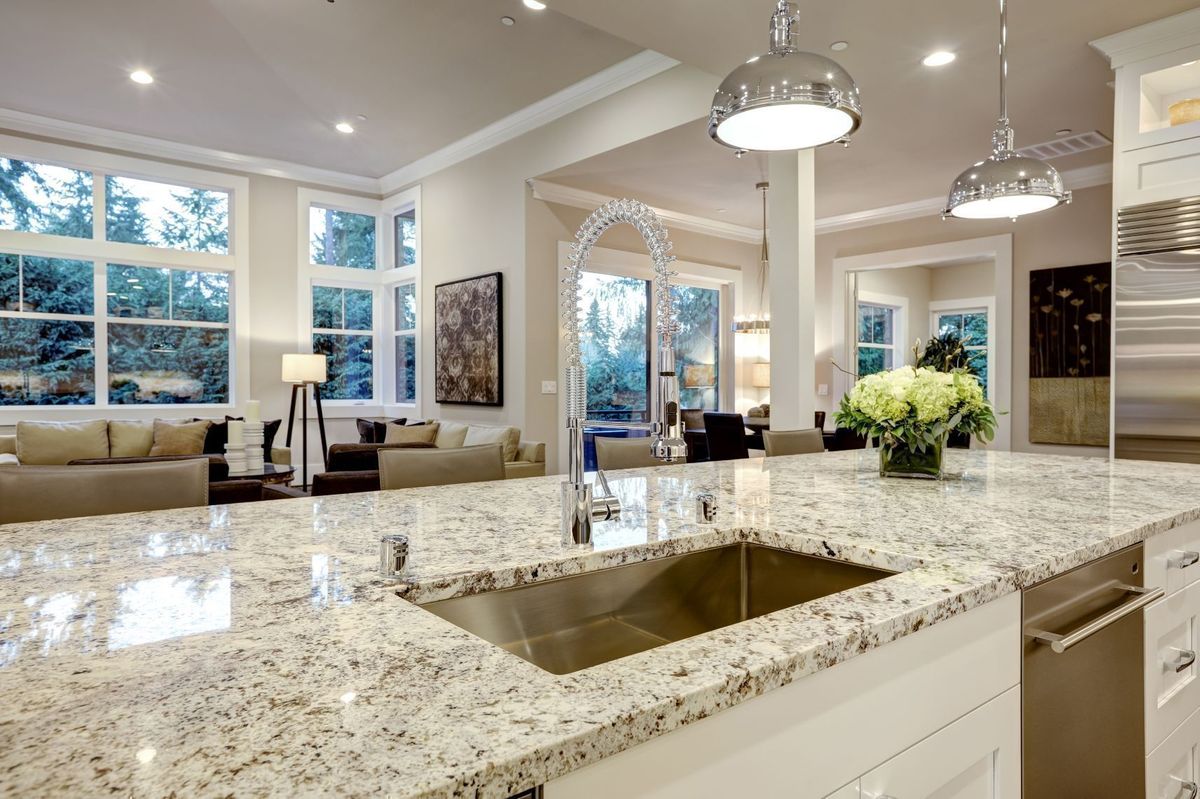
Choosing Marble vs. Granite: A Complete Guide
Marble and granite are among the most popular natural stones for kitchen and bathroom countertops. However, distinguishing between the two can be challenging due to their similar appearances. Both stones offer unique advantages, making them ideal choices for interior design. If you’re planning a home renovation and aiming for an elegant look, it’s essential to start with thorough research. Understanding the differences between marble and granite, where to use them, and which one suits your space best is crucial. Both stones can transform your home into a luxurious and aesthetically pleasing space, with the added benefit of being highly durable. Advances in manufacturing technologies have made it harder to tell marble and granite apart, so we’ve compiled a list of tips to help you identify each stone. By the end of this guide, you’ll be able to decide which stone will work wonders for your home. Let’s get started.

Tips for Identifying Marble and Granite
1. Aesthetics
Marble and granite may look similar at first glance, but they have distinct physical traits. Granite typically features small veins or a mottled appearance with flecks of various colors. In contrast, marble showcases larger veiny patterns and swirls with consistent colors.
2. Colors
Marble usually comes in shades of white, gray, and beige, with delicate veins and swirls. Granite offers a wider range of colors, including blacks, blues, reds, and greens, and often has a speckled or mottled appearance. Notably, light-colored marble can lose its gloss over time, while granite retains its color better.
3. Porosity
Both marble and granite are porous, meaning they can absorb water and stain. Marble is more porous and requires frequent sealing to prevent stains. Granite is less porous but still needs protection from oils, wine, and other staining substances.
4. Cost
Marble is generally more expensive than granite. The average cost for granite ranges from $40 to $100 per square foot, while marble costs between $50 and $150 per square foot. Installation costs also vary, so it’s important to research contractors and avoid upscale companies if you’re on a budget.
5. Texture
Marble has a smooth, elegant texture with subtle veining, while granite is coarser and grainier with various color speckles. You can distinguish them by touch: marble feels smoother and more polished, whereas granite feels rougher.
6. Hardness
Granite, formed from volcanic activity, is very durable and scratch-resistant, with a high Mohs hardness. Marble, made of calcium carbonate, is softer and more prone to scratches. A scratch test can help identify each stone; granite resists acid damage better, while marble is easily etched.
7. Durability
Granite is one of the toughest natural stones, resistant to scratching, staining, and chipping, making it ideal for high-traffic areas like kitchen countertops. Marble is softer and more prone to damage, requiring more maintenance to keep its beauty intact.
8. Water Absorption
Performing a water absorption test can help identify the stones. Marble absorbs water quickly, resulting in a black stain, while granite repels water, causing it to bead up. Pour a few drops of water on the surface; if it becomes black, it’s marble; if not, it’s granite.
9. Origin
Marble is formed from high pressure and heat on limestone, commonly found in ancient seabed areas like Italy, Greece, and Turkey. Granite forms from cooling molten magma beneath the Earth’s surface, prevalent in volcanic regions like Brazil, India, and China. Knowing the geological history can aid in architectural and design considerations.

With this guide, you can confidently choose between marble and granite for your countertops. Both materials can add significant value to your home. Marble offers delicate elegance, while granite provides a polished and durable option. Ultimately, the choice depends on your personal preferences and the specific needs of your space.



